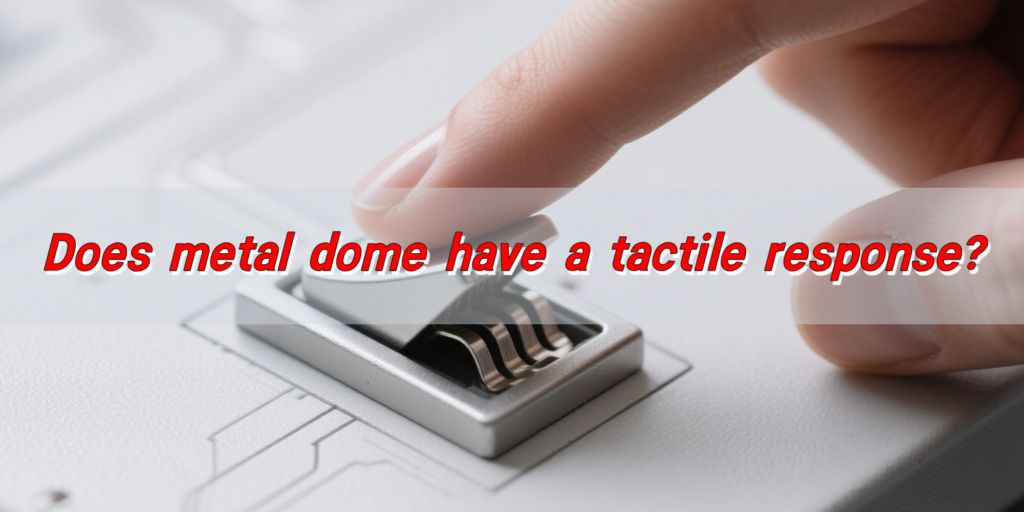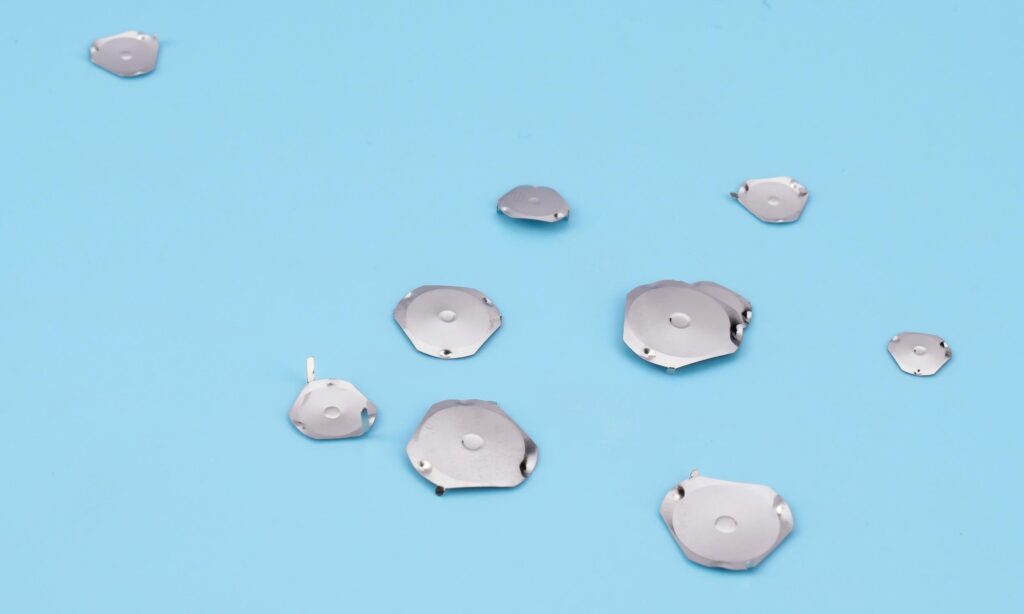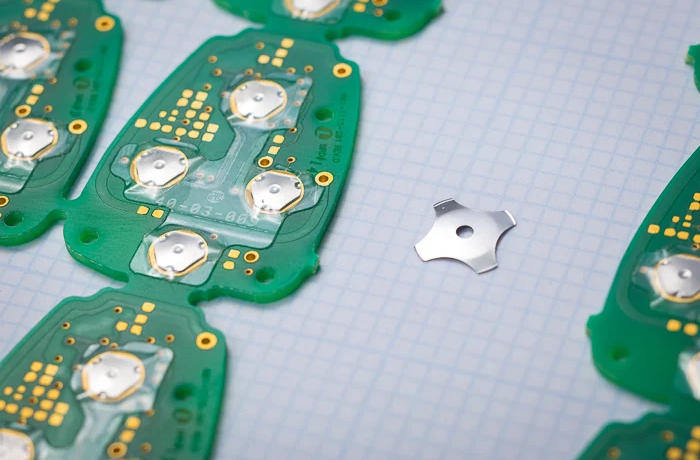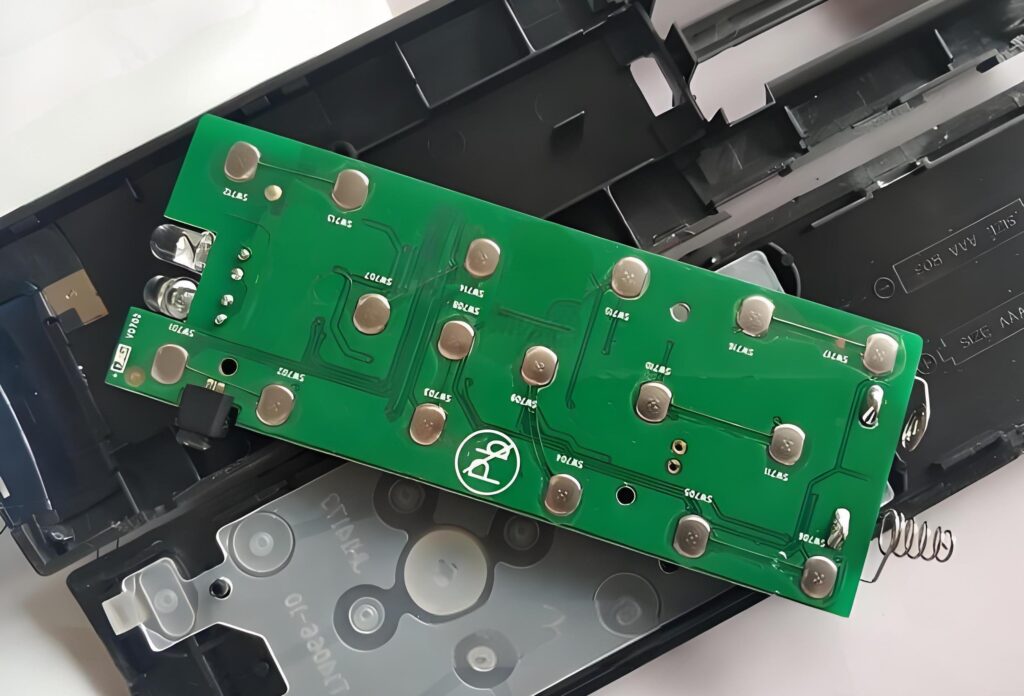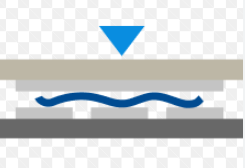When the metal dome is pressed and released, it produces clear tactile response through its elastic deformation, providing users with a direct sense of operation. This feature makes the metal dome an ideal choice for devices that require precise control and clear operational feedback.
What is a tactile response?
Tactile response refers to the physical feedback a user feels when pressing a key, button, or switch. It’s a sensation that confirms the key has been pressed successfully, often through a slight “bump” or “click.” This feedback is not just about hearing a sound; it’s also about feeling the action. The tactile response makes it easier for users to know that their input has been registered without needing to look at the device.
This feedback can vary from subtle bumps to more pronounced clicks, depending on the type of switch being used. Tactile response is crucial in many applications, especially in devices like keyboards, where users need to feel confident that each keypress is acknowledged.
What are the types of tactile responses?
Tactile responses come in various forms, primarily defined by the type of mechanism used in the switch. The most common types include:
- Clicky Tactile: This type of response is characterized by an audible “click” and a noticeable bump when the key is pressed.
- Soft Tactile: Some switches provide a gentle tactile bump without any sound, offering a more subtle experience.
- Linear Tactile: While technically not tactile in the traditional sense, linear switches offer a smooth press without any bump or click.
- Metal Dome: Metal dome switches fall into a category where the tactile response is more about the “snap” feeling as the dome collapses under pressure.
Each of these types serves a different purpose depending on user preference and the intended application.
What are the benefits of tactile response?
Tactile feedback is much more than just a sensation. It has several advantages that enhance the user experience:
- Improved Accuracy: Knowing that a keypress has been registered helps reduce mistakes, which is especially important in fast-paced typing or gaming environments.
- Increased Efficiency: For users who type quickly, tactile feedback can improve speed by providing confirmation without needing to look at the keys.
- Comfort: Some users find that a tactile response reduces finger strain by making key presses feel more natural. The feedback lets users know exactly when they’ve successfully pressed a key.
- Customization: Many switches offer different levels of tactile feedback, allowing users to choose a feel that suits their preferences, whether they prefer a soft, subtle response or a more noticeable click.
Does metal domes have a tactile response?
Yes, metal dome switches do provide a tactile response, though it’s different from the pronounced “click” of mechanical switches. Metal domes are often used in membrane keyboards, and they provide a tactile bump when the dome collapses under pressure.
Unlike mechanical switches, which have moving parts like springs and levers, metal domes are made from thin, flexible metal sheets that form a dome shape. When a key is pressed, the dome collapses, completing the circuit and signaling the computer. The user feels a slight bump at the moment the dome collapses, giving them tactile confirmation of the key press.
The tactile response in metal dome switches isn’t as sharp or as noisy as in mechanical switches, but it is still noticeable. This makes metal dome switches a great option for users who want tactile feedback without the loud click of a mechanical switch.
What is the role of tactile response in keypresses?
When you press a key with tactile feedback, your fingers can feel when the key has been fully actuated. This feedback allows you to press with more precision. Without tactile feedback, users may not be sure if the key has been fully pressed, leading to either missed keystrokes or unnecessary repeated presses.
For many people, the tactile response enhances their typing speed and accuracy, especially when compared to switches that lack this feedback. It also helps with muscle memory, as users quickly learn the sensation of a proper keypress and can type without needing to focus too much on the physical act of pressing the keys.
What factors affect the tactile response of metal domes?
Several factors can influence the tactile response of metal dome switches:
- Dome Material: The type of metal used to create the dome can affect how it feels when it collapses. Different metals have different levels of stiffness and flexibility, which can impact the intensity of the tactile bump.
- Dome Shape and Size: The curvature and size of the dome also play a role. A larger or more deeply curved dome might provide a more pronounced tactile response.
- Key Travel Distance: The distance a key travels before it hits the dome can affect how the tactile feedback feels. A shorter travel distance may provide a quicker, more abrupt tactile response, while a longer travel distance can create a softer, more gradual feedback.
- Actuation Force: The amount of force required to collapse the dome affects how noticeable the tactile response is. A switch that requires more force may feel firmer when the dome collapses, while one with less force may feel lighter.
- Environmental Factors: The temperature and humidity in the environment can also impact the performance of metal dome switches, although the effect is usually minimal.
What are the advantages of tactile dome switches?
Tactile dome switches offer several advantages:
- Cost-Effectiveness: Metal dome switches are typically more affordable than mechanical switches, making them an excellent choice for budget-conscious users.
- Reliability: These switches have fewer moving parts than mechanical switches, which can increase their longevity and reduce the likelihood of failure.
- Quieter Operation: Metal domes tend to be quieter than mechanical switches, making them ideal for environments where noise is a concern.
- Compact Design: Metal dome switches are typically found in thinner, more compact devices, such as laptops or remote controls, where space is at a premium.
- Comfortable Feedback: While not as loud as mechanical switches, the tactile response in metal domes offers enough feedback to enhance the typing experience without being distracting.
What are the applications of tactile dome switches?
Tactile dome switches are used in various applications, particularly in devices where space, cost, and quieter operation are important factors. Common applications include:
- Keyboards: Many affordable membrane-based keyboards use metal dome switches, offering users a tactile experience without the cost of mechanical keyboards.
- Remote Controls: Tactile dome switches are often used in remote controls, where a low-profile, quiet switch is needed.
- Consumer Electronics: Devices like calculators, microwaves, and other household electronics often use metal dome switches for their reliability and low cost.
- Industrial Equipment: In environments where large numbers of buttons are used frequently, tactile dome switches provide an efficient and durable option.
Conclusion:
In conclusion, metal dome switches do indeed provide a tactile response, though it differs from that of mechanical switches. The tactile feedback in metal dome switches is a result of the dome collapsing under pressure, giving users confirmation that their keypress has been registered. These switches are cost-effective, reliable, and perfect for applications where space and noise control are essential.
If you’re considering tactile dome switches for your next project or product, they offer a balanced mix of performance, comfort, and affordability. For more information on metal dome switches, feel free to reach out to us at sales@metal-domes.com


